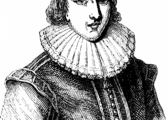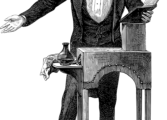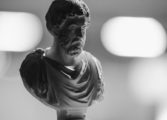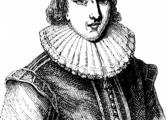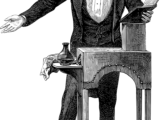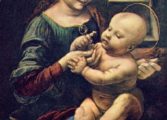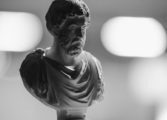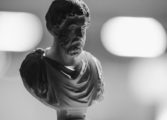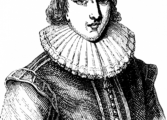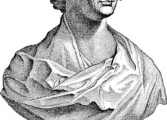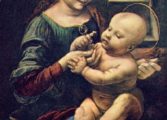The Raven: Edgar Allan Poes Masterpiece

Introduction:
“The Raven” by Edgar Allan Poe is a renowned poem that has captivated readers for generations. Known for its dark and haunting atmosphere, this masterpiece delves into the depths of the human psyche, exploring themes of grief, loss, and the concept of death itself. In this article, we will delve into the significance of “The Raven,” its historical evolution, and explore its lasting impact on literature and popular culture.
Astonishingly, despite its immeasurable fame, “The Raven” was initially published in 1845 without much recognition. However, it quickly gained popularity and ultimately became one of Poe’s most enduring works, solidifying his status as one of the greatest American writers of all time.
Historical Evolution of “The Raven”:
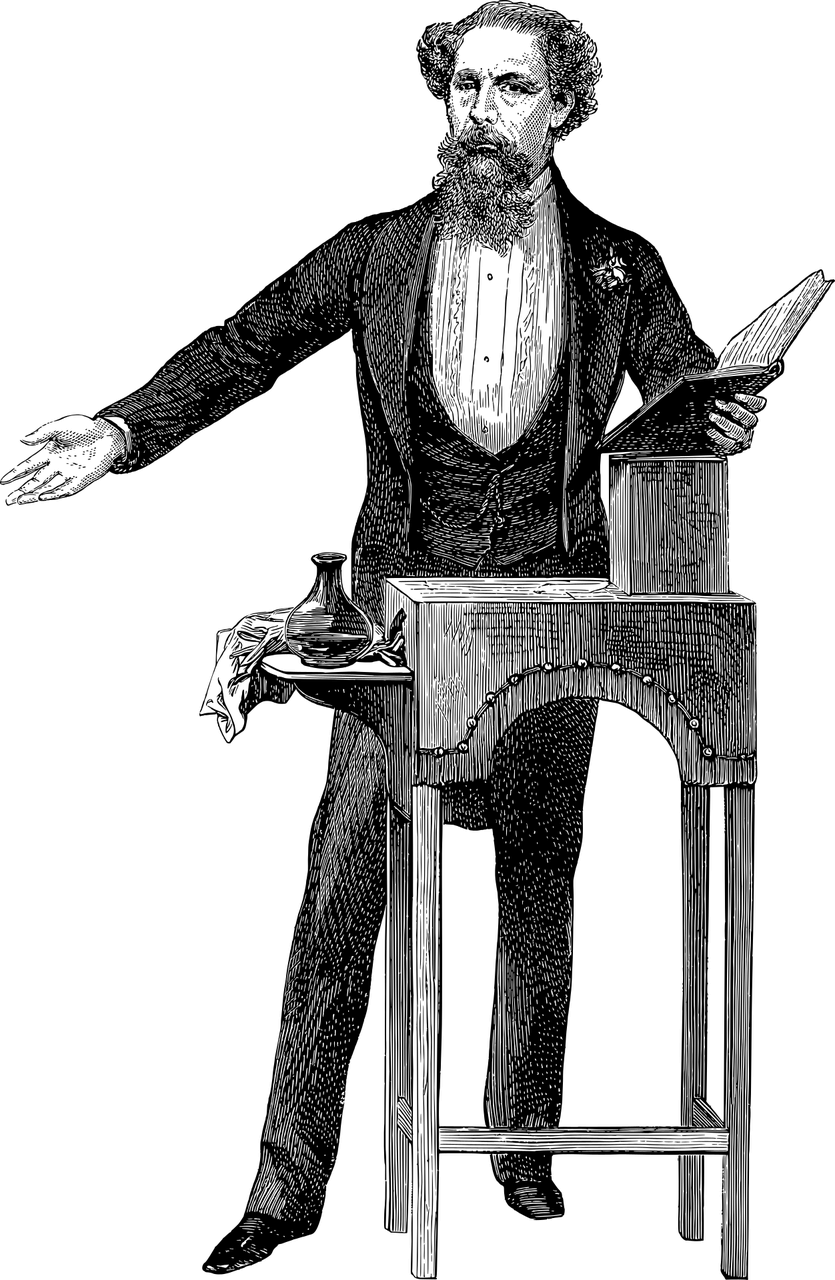
Initially published in “The American Review” in January 1845, “The Raven” garnered modest attention. Yet, it wasn’t until its republication in “The Raven and Other Poems” later that year that audiences truly recognized its brilliance. Poe’s intricate use of symbolism, rhythm, and language enticed readers, and “The Raven” swiftly became a literary sensation.
“The Raven” narrates the story of a grieving protagonist, who, tormented by memories of lost love, is visited by a talking raven. The raven’s repetition of the word “nevermore” serves as a haunting reminder of the protagonist’s inability to move on from his sorrow. This gothic tale resonated deeply with readers, encapsulating the universal experience of bereavement and the power of the human mind to manifest its grief.
Over time, “The Raven” had a profound influence on various artistic expressions. It served as a source of inspiration for visual artists, musicians, filmmakers, and even fashion designers. One notable rendition is the 1963 film, “The Raven,” directed by Roger Corman, which pays homage to Poe’s works. From the hauntingly beautiful illustrations by Gustave Doré to the atmospheric musical composition by Dmitri Shostakovich, “The Raven” has transcended its original form and cemented its place in various art mediums.
Impact on Literature and Popular Culture:
“The Raven” played a pivotal role in the development of American literature. Poe’s poetic craftsmanship, amplified through this poem, had a profound influence on subsequent generations of writers. His use of symbolism, vivid imagery, and rhythmic language became hallmarks of the Romantic movement, reshaping the very fabric of poetry. Through “The Raven,” Poe unearthed the depths of human emotion, intertwining darkness with beauty in a manner that had not previously been explored.
Beyond literature, “The Raven” has woven itself into popular culture, becoming an iconic symbol of the macabre and mysterious. Recognizable lines such as “Quoth the Raven, ‘Nevermore'” have permeated everyday speech, allowing Poe’s words to live on in the collective consciousness. From Halloween decorations to references in movies and TV shows, “The Raven” has solidified its place in the realm of popular imagination.
Conclusion:
“The Raven” remains an enduring masterpiece that continues to resonate with audiences today. Through its exploration of grief and loss, Edgar Allan Poe delves into the darkest recesses of the human mind, creating a haunting and unforgettable experience. From its humble beginnings to its cultural impact on literature and popular culture, “The Raven” has etched itself into the annals of history. Its legacy persists, reminding us of the power of words and the lasting impact of great art.
References:
– “The Complete Tales and Poems of Edgar Allan Poe” by Edgar Allan Poe
– “Edgar Allan Poe: A Critical Biography” by Arthur Hobson Quinn
– www.poemuseum.org








